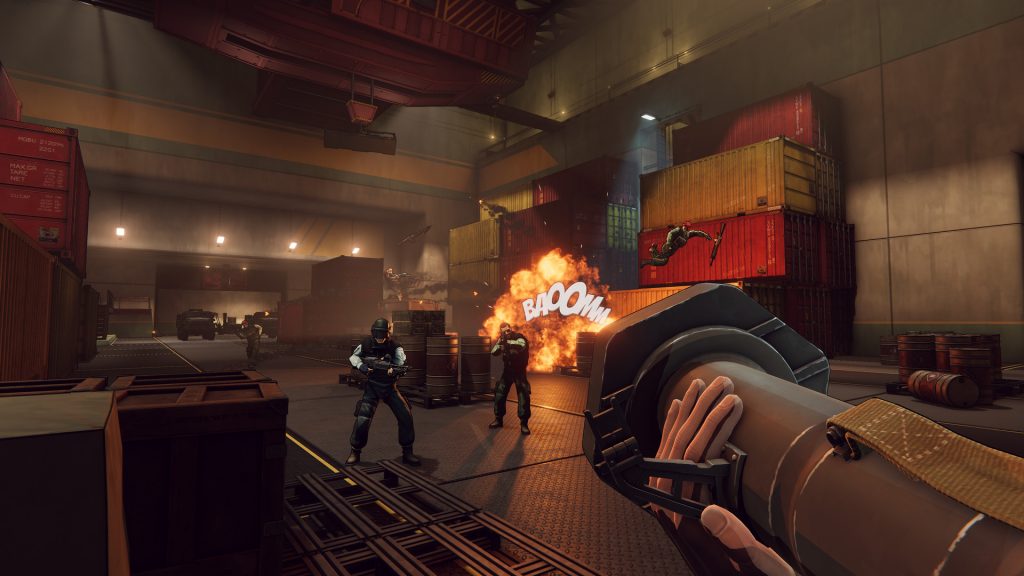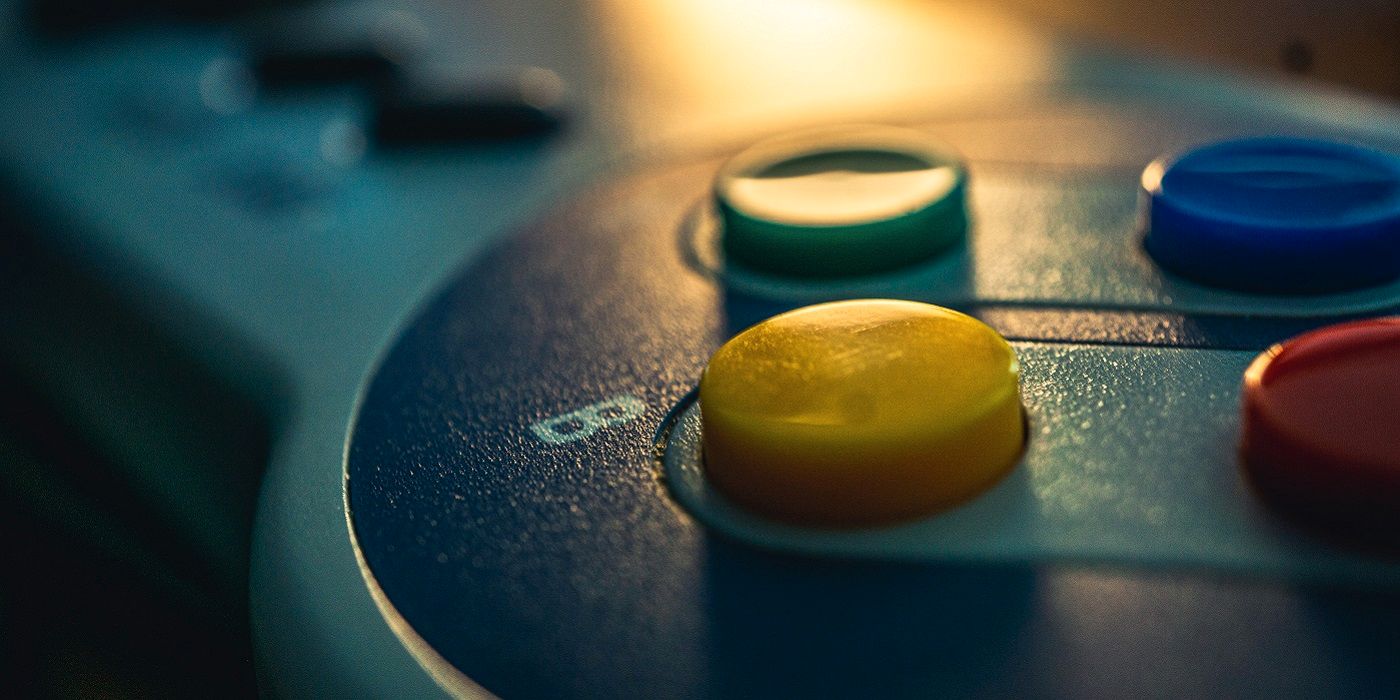
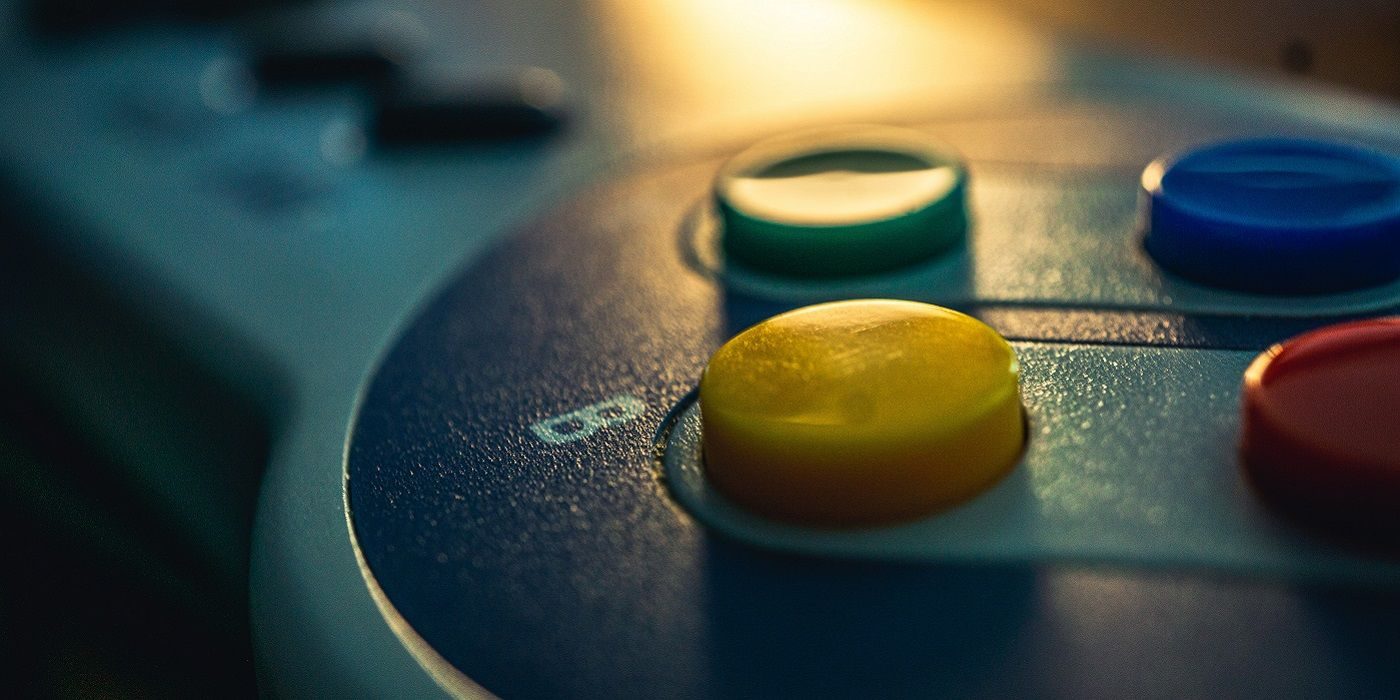
Recently, rumors from reliable sources have started pointing to Nintendo launching a Nintendo Switch revision at some point in 2021, with the company reportedly even saving some games for then to bolster that console’s launch. This new Nintendo Switch console is said to have a 4K resolution screen and other upgrades, and while some fans are excited for it, others seem to be angry that Nintendo is releasing a new version of the Switch.
However, Nintendo console and hardware revisions are nothing new, and should be expected at this point. In fact, besides the GameCube, Virtual Boy, and Wii U, virtually every Nintendo console has had revisions. Some of these Nintendo hardware revisions have been more dramatic than others, but sometimes these revisions have even allowed the systems to play exclusive games that the older consoles were incapable of.
RELATED: Nintendo Partners With Lunchables for Free Switch Giveaway
Here are all the major Nintendo hardware revisions to date.
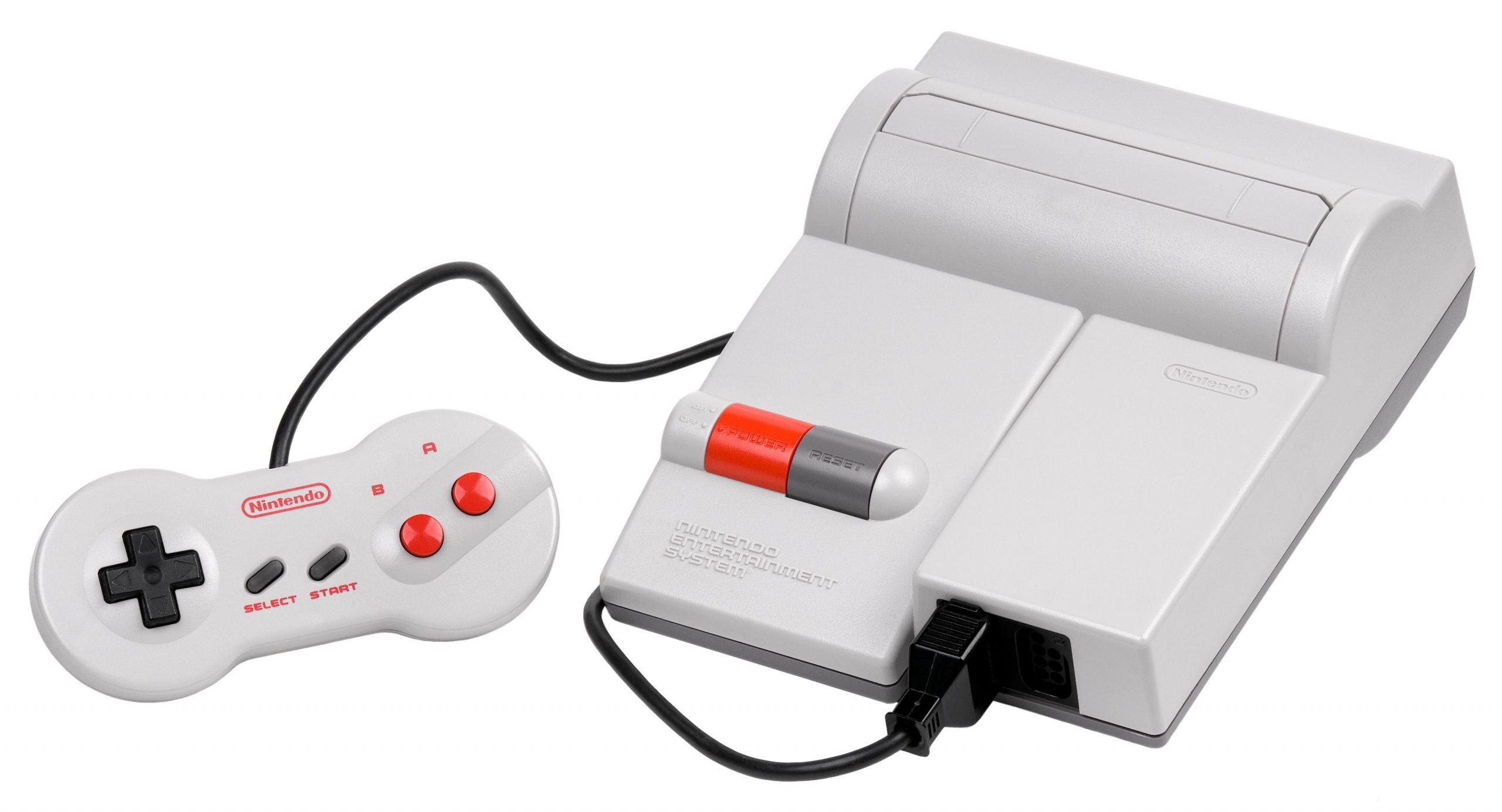
Nintendo started revising its hardware right off the bat with its very first home console. The Nintendo Entertainment System (NES) that launched in the US was already a revised version of the Famicom, featuring a much different look than its Japanese counterpart. Nintendo would later revise the console’s appearance again, launching the New-Style NES in 1993 with a design more similar to the Famicom and a controller similar to the Super Nintendo’s. The New-Style NES represented Nintendo’s final attempt to get NES consoles in as many homes as possible, as the system featured an incredibly low $49.99 price point.
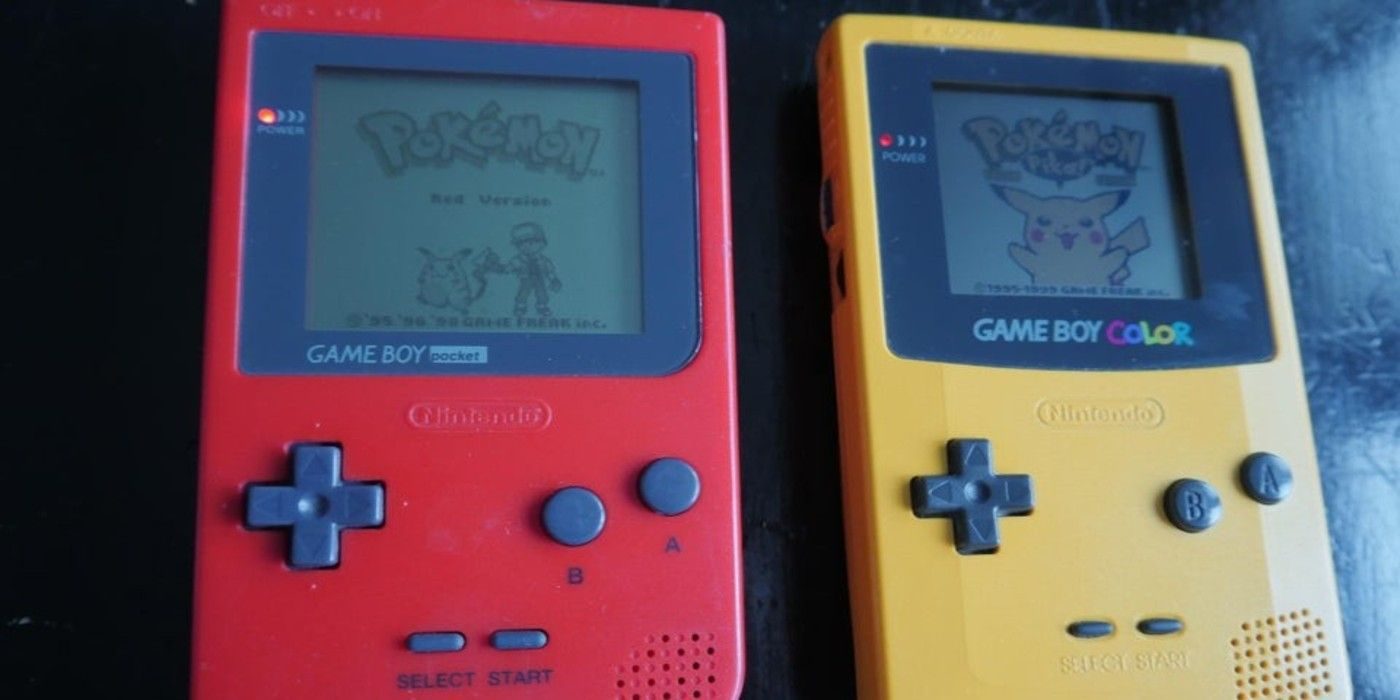
The Game Boy was Nintendo’s first major handheld console, but it certainly had its flaws. The original Game Boy was fairly large for what one would want from a handheld gaming system, and it required a whopping four batteries to work. Seven years after the original Game Boy hit the market, Nintendo launched a revised version called the Game Boy Pocket, which featured sharper visuals and used only two batteries.
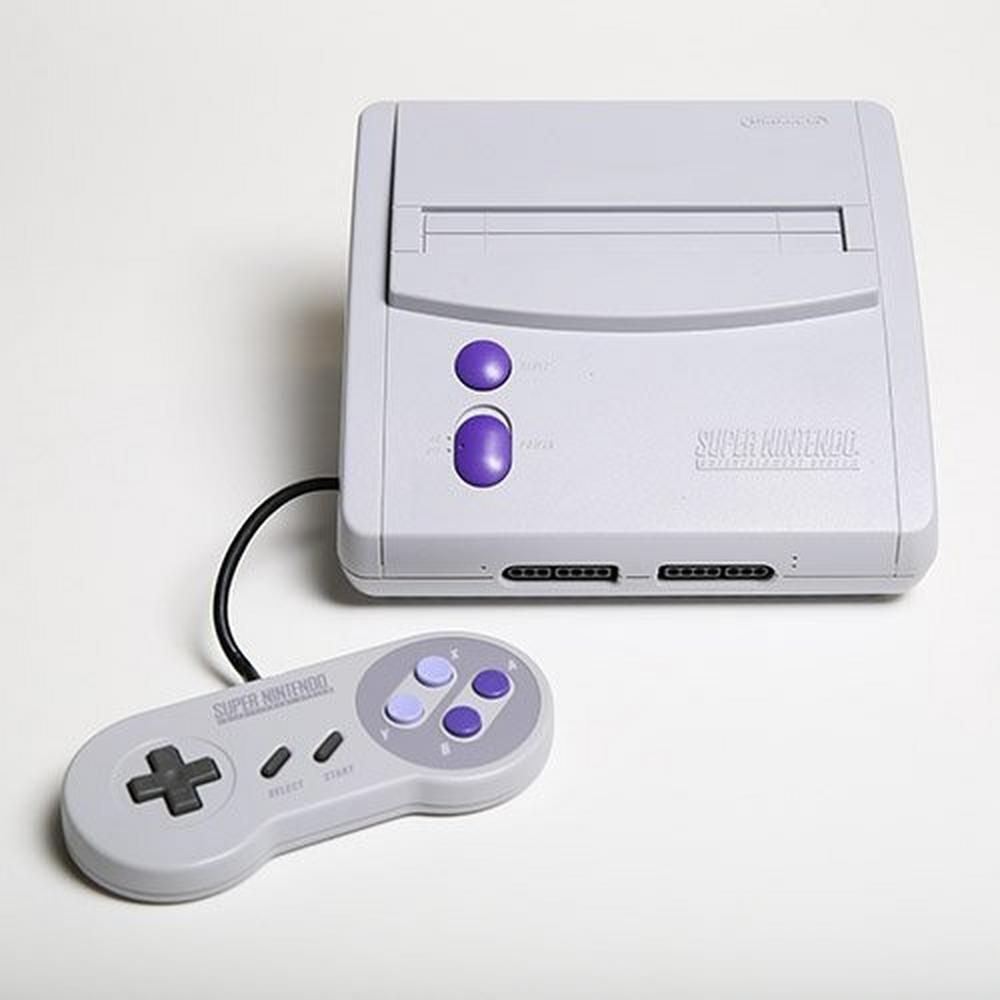
For the most part, the Super Nintendo remained unchanged throughout its lifespan in the 1990s. However, Nintendo did release the New-Style SNES in 1997, which was meant to accomplish the same thing as the New-Style NES. It was a way for Nintendo to expand the life of the Super Nintendo and its library, even though it had already launched its next-generation console, the Nintendo 64. Like the New-Style NES, the New-Style SNES featured a new look as well as a lower price point. It didn’t have any other unique features and it didn’t play any original games, however.
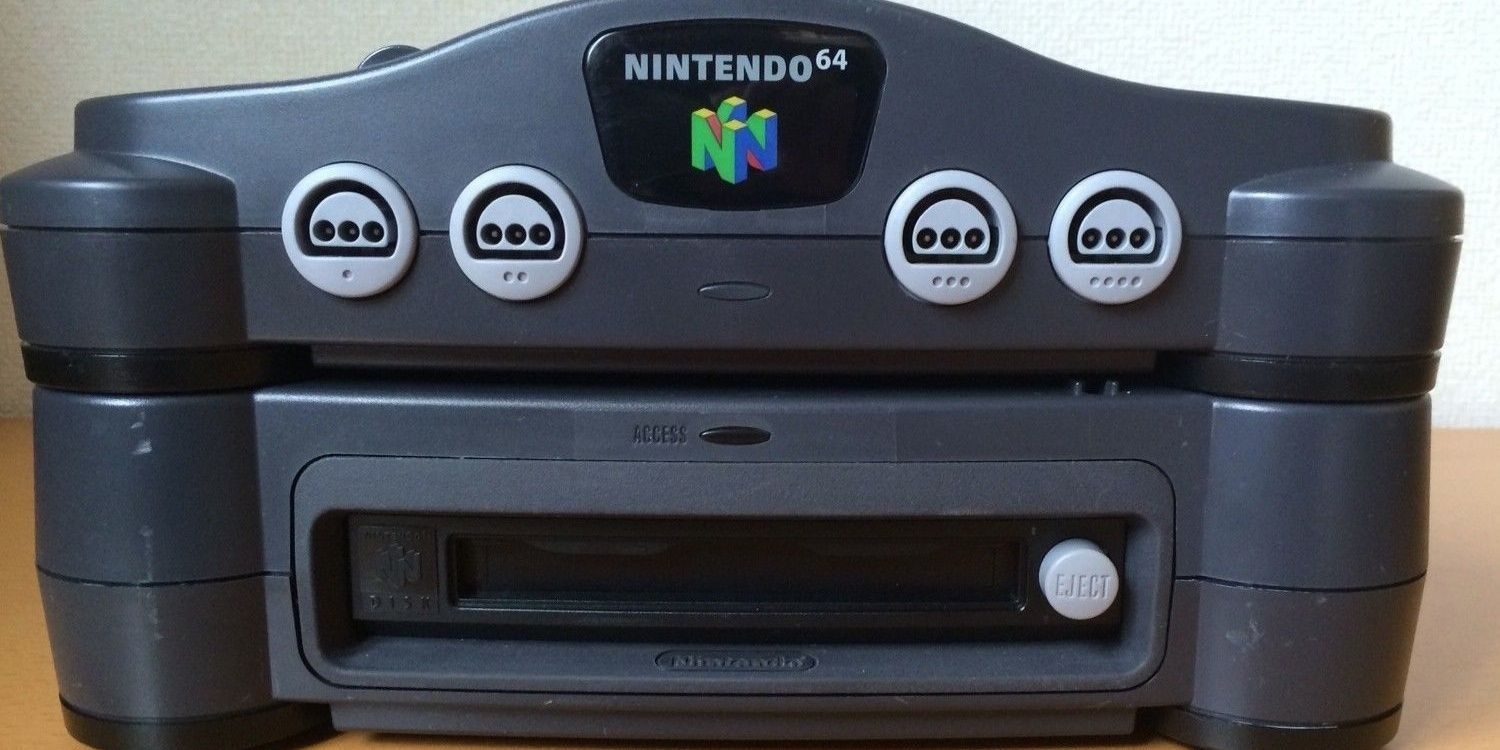
The Nintendo 64 technically didn’t get a revision of the console itself, but it did get some post-launch accessories that dramatically changed the console’s capabilities. The most notable of these is the Expansion Pak, which allowed the Nintendo 64 to play more demanding games, including Ocarina of Time‘s sequel, The Legend of Zelda: Majora’s Mask. Nintendo 64 gamers in Japan were also treated to the 64DD that gave the console a disc drive that could play some exclusive games, but it was never released in North America.
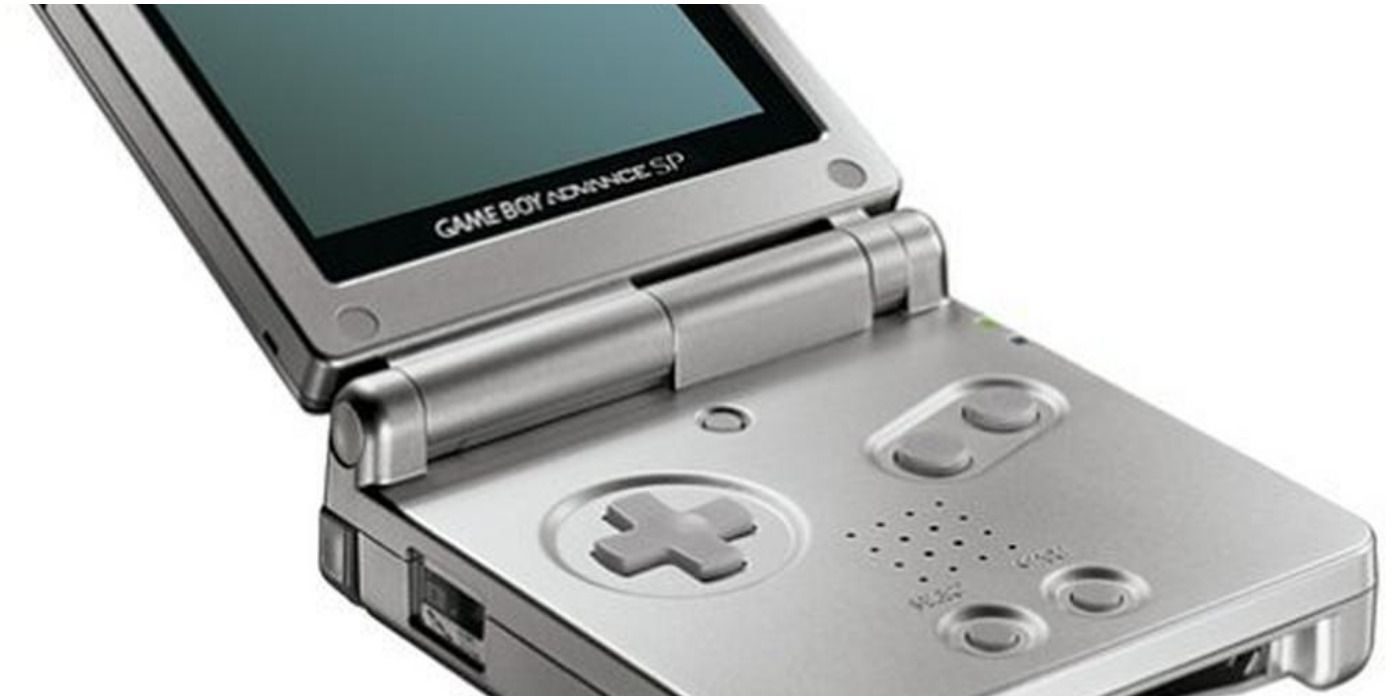
While Nintendo released multiple looks for the Game Boy Color, it didn’t receive any major revisions. The Game Boy Advance, however, is a completely different story. The original Game Boy Advance was revised to the Game Boy Advance SP, which used a unique clamshell design (that would later be used by the DS) and a rechargeable battery. Not only that, but the Game Boy Advance SP featured a lit screen, meaning players no longer had to rely on extra peripherals or passing street lights when trying to play the system during dark car rides. The Game Boy Advance SP is easily one of the most significant Nintendo hardware redesigns, but the Game Boy Micro revision was far less significant and less popular, as it removed the backward compatibility with Game Boy and Game Boy Color games.
RELATED: 10 Games Still Trapped Exclusively on Game Boy Advance
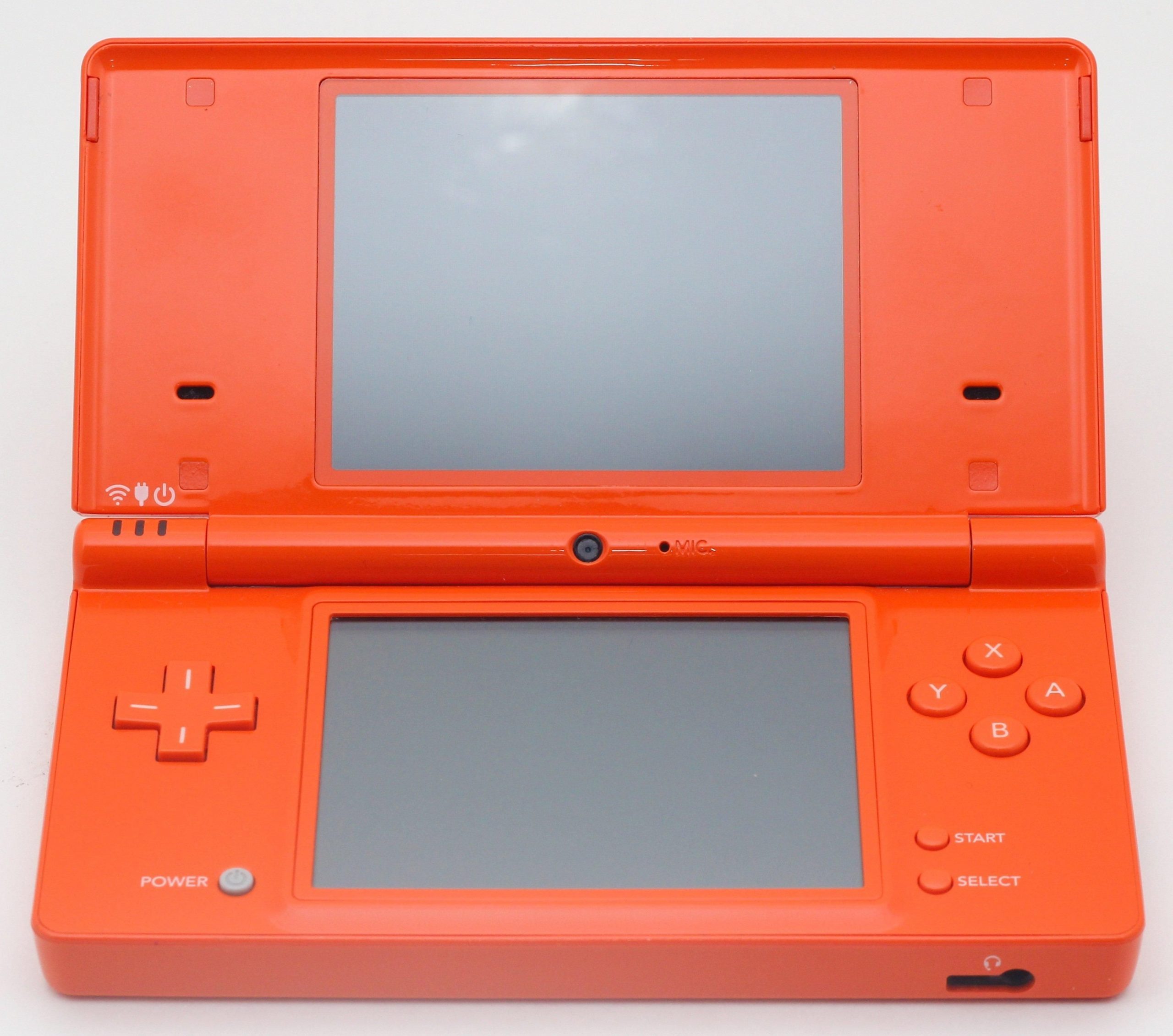
The original Nintendo DS was known for its somewhat bulky design, but Nintendo trimmed it down with the Nintendo DS Lite. The DS Lite also added a number of other quality-of-life improvements not present in the original DS, such as larger, higher-quality screens, and improved battery life. The Nintendo DSi changed things up again, removing the Game Boy Advance cartridge slot available in the original DS and DS Lite, but greatly expanding the system’s online features, upgrading its specs, and adding cameras. The DSi was followed up by the DSi XL, which was a more expensive but larger version of the DSi. Notably, the DSi could play some exclusive digital games that weren’t available on the older DS models.
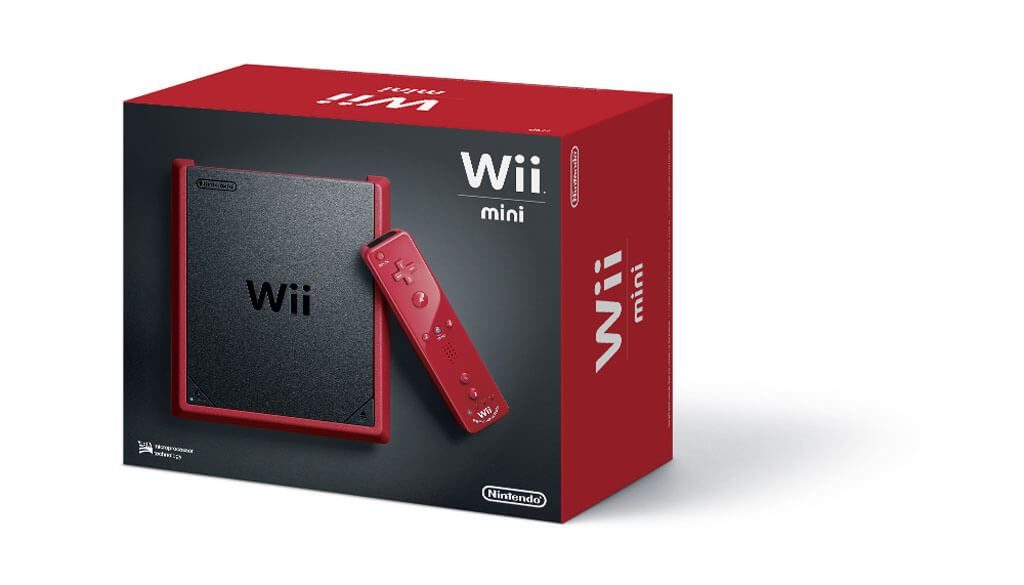
The Nintendo Wii was such a smash hit success that it’s not all that surprising that Nintendo didn’t revise it all that much. The original console sold like hotcakes for years, to the point where Nintendo struggled to meet demand for its innovative new system. Eventually, Nintendo did release new versions of the Wii, but unlike past Nintendo hardware revisions, its redesigned Wii consoles actually made the system worse. The first redesign came with the Wii Family Edition, which was cheaper but removed the console’s backward compatibility with GameCube titles and controllers. It then released the Wii Mini, which dropped even more features, including online multiplayer and access to the Wii Virtual Console service. The Wii Mini was cheap, but losing all that functionality made it a far less interesting system than its predecessors.
While the Wii wasn’t subject to quite as many revisions as some of Nintendo’s other hardware, it was in the same boat as the Nintendo 64 in that it received a post-launch peripheral that greatly expanded its capabilities. The Wii-equivalent to the Nintendo 64 Expansion Pak would be the Wii MotionPlus accessory, which allowed for true 1:1 motion controls and was used by games like The Legend of Zelda: Skyward Sword.
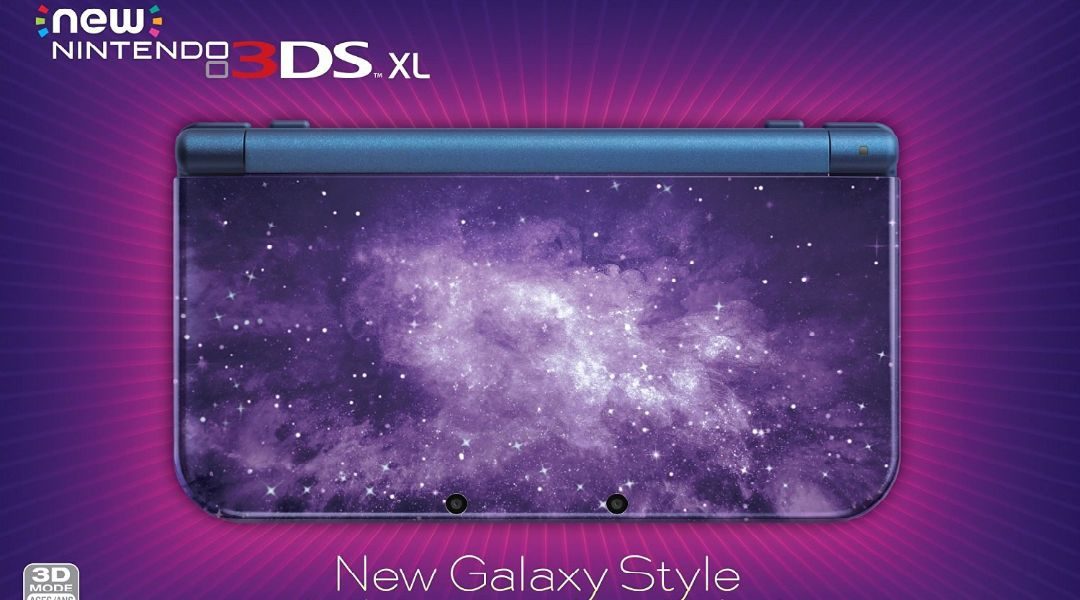
Similarly to the original DS, Nintendo revised the Nintendo 3DS on multiple occasions throughout the course of its lifespan. The first revision was the 3DS XL, which, as its name implies, was a larger version of the original 3DS. That was followed by the 2DS, which was capable of playing 3DS games, but without the ability to play them in 3D. Nintendo then launched the New Nintendo 3DS XL with beefier specs, more control inputs, and other improvements, with these systems even capable of playing some exclusive games. A 2DS XL was also released during the course of the 3DS lifespan, which was essentially a 2DS except with the clamshell design of the standard 3DS models.
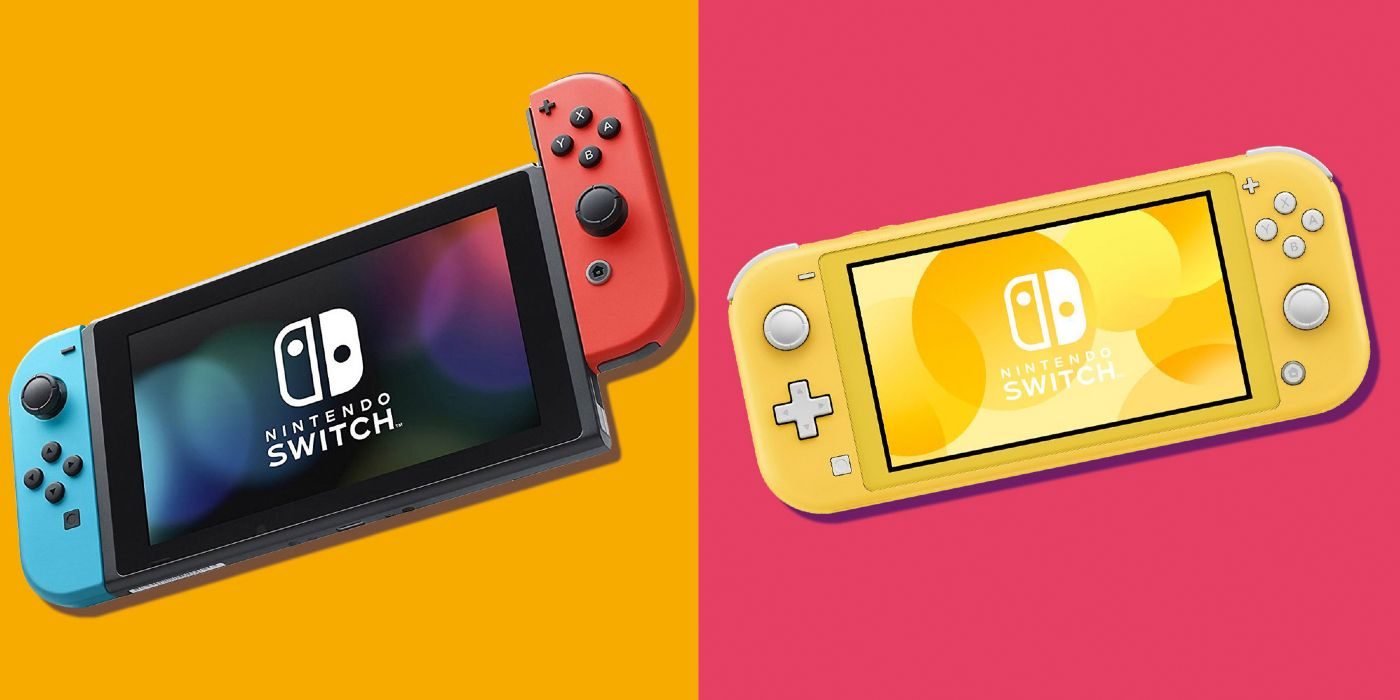
And finally, Nintendo’s latest console, the Nintendo Switch, has already undergone one hardware revision. The Nintendo Switch Lite was released in September of 2019, and served as a cheaper version of Nintendo’s hit Switch console. However, the Switch Lite drops the Switch’s unique ability to swap between being a handheld and home console, making it a purely handheld device. There has been speculation that Nintendo may release a new version of the Switch that’s purely a home console to match the Switch Lite, but nothing to that effect has been announced to date.
In the meantime, rumors from reliable sources claim that the Switch has another revision coming in 2021, as a way for Nintendo to better compete with Sony’s PlayStation 5 and Microsoft’s Xbox Series X. These rumors point to the new Switch having a 4K screen and other improvements, but fans will have to wait for an official announcement from Nintendo to learn more.
MORE: Ranking the 10 Hardest Nintendo GameCube Games
Photo by Derek Story on Unsplash

